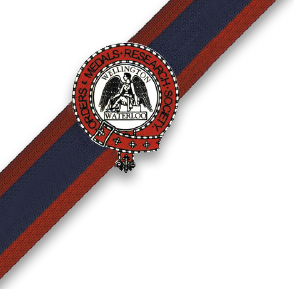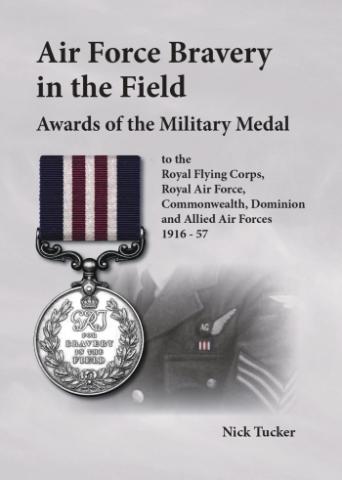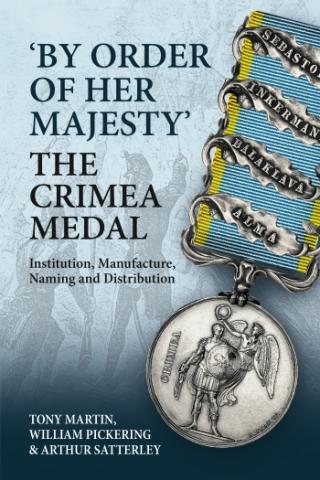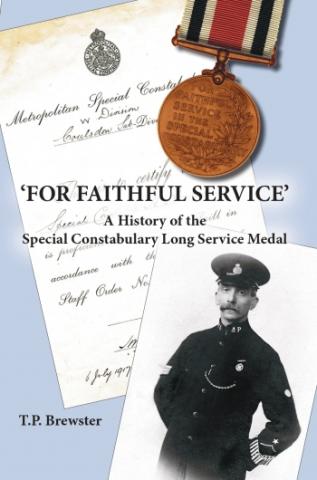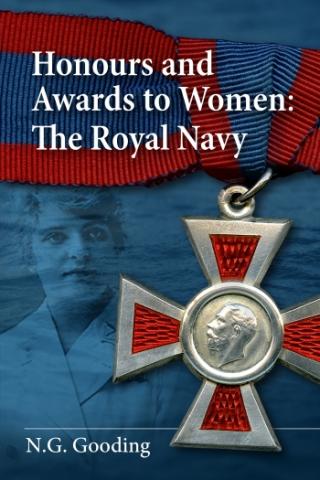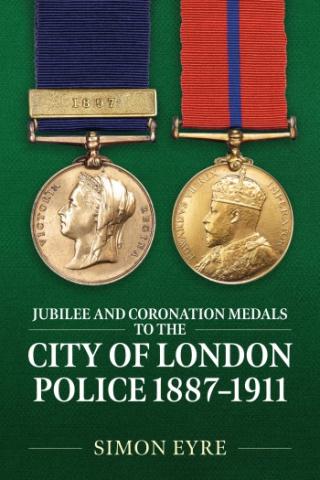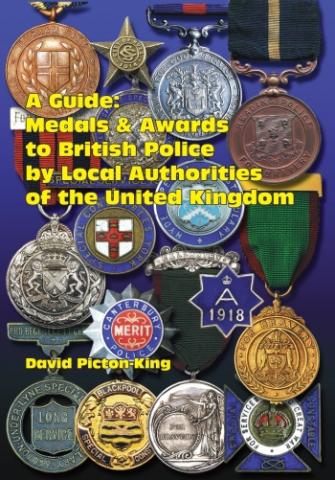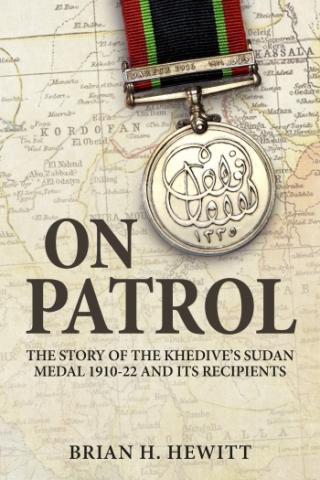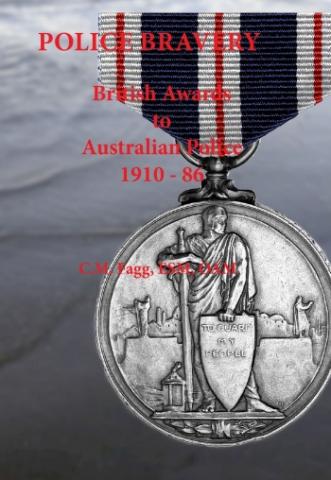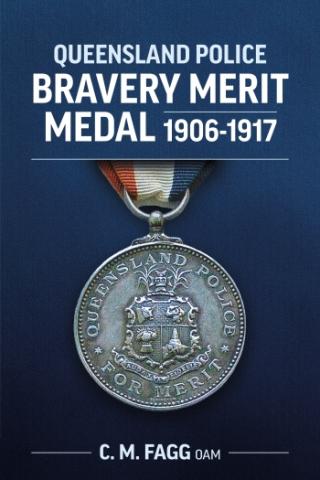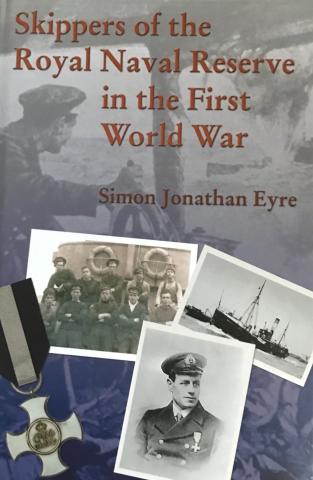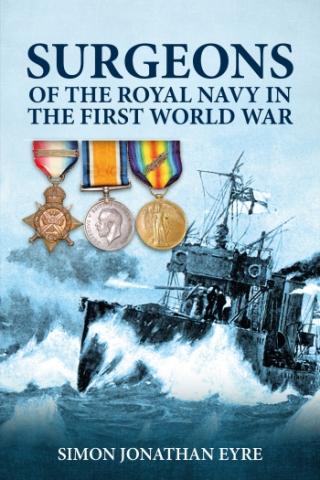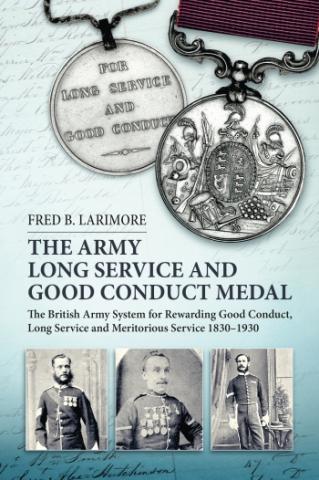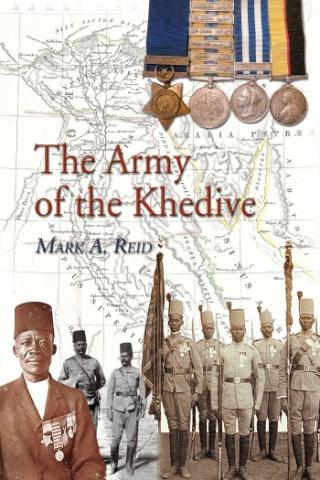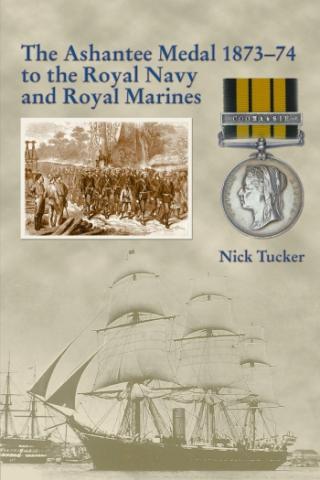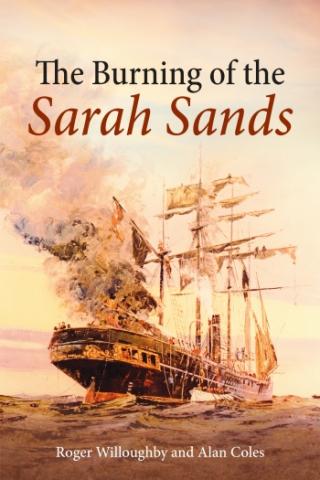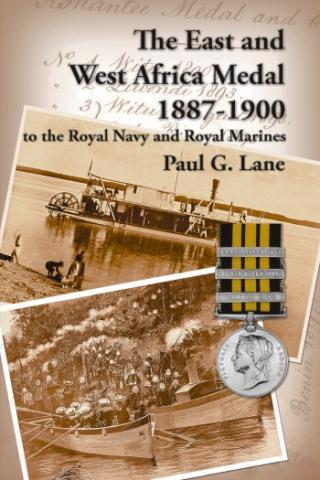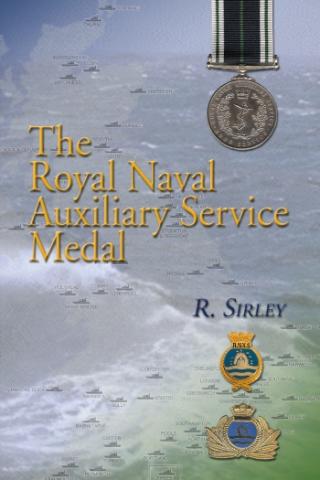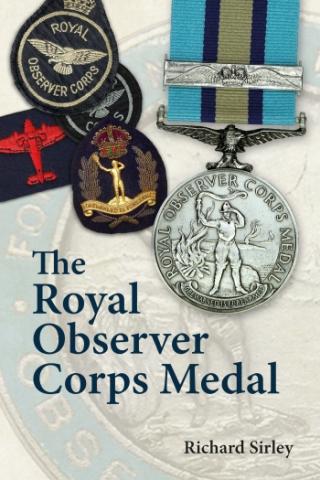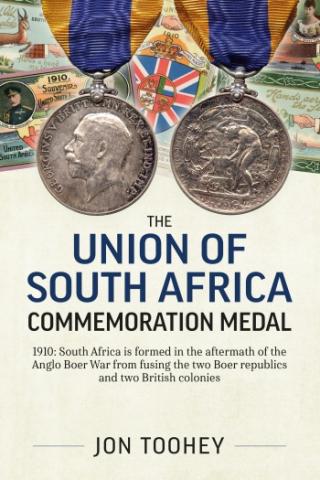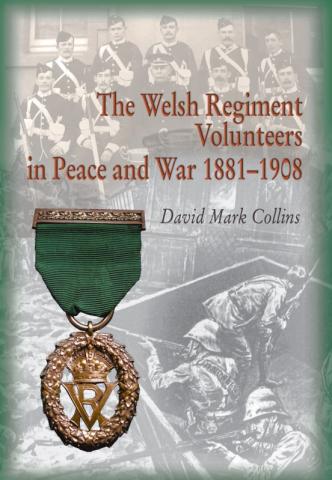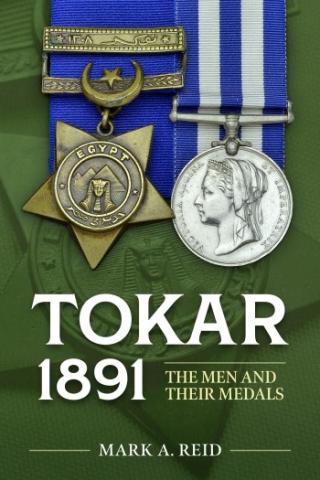Books
No books are sold via the OMRS shop.
Some OMRS titles are available from Token Publishing, so please click the link below to go to the Token Website.
The Union of South Africa Commemoration Medal
A detailed study of the Military Medals awarded to the air forces between 1916 and 1957. Many original records have been researched to provide an account of each recipient’s life, record of service, the events leading to the award, previously un-published recommendations and citations, and details of other awards.
The book is divided into chapters covering the First and Second World Wars, the period between these wars and the period 1946 to 1957. The awards for the Second World War are arranged into the main areas of conflict and those awarded for escape and evasion.
The book has many illustrations in colour and black and white, and each recipient’s medal entitlement is illustrated by a ribbon bar.
By Order of Her Majesty: The Crimea Medal
The Crimea Medal radically changed the entire process of both the manufacture and distribution of campaign medals forever. Awarding such medals in bulk was a relatively new concept anyway, but pressure from Queen Victoria to issue this one while the campaign in Crimea was still being fought placed huge strains on those responsible for ensuring that soldiers and sailors received recognition. In the process this created problems for collectors which continue to this day because so many medals were issued unnamed.
This fascinating study by a team of three authors looks at the institution of the medal and its clasps, the monarch’s influence, the manufacturing process and includes a detailed look at the naming – both official and unofficial – of the medal.
It is the most comprehensive study of its kind ever undertaken and is a must for medal collectors and for anyone who is inerested in the Crimean War.
For Faithful Service
The origins of the medal are described in detail including the struggle to get official recognition for the service given by the Special Constabulary. The unofficial medals and certificates issued by local and county authorities during and after the First World War are also listed. The history leading to the various issues of the long service medal awarded to the Ulster Special Constabulary is comprehensively covered. TIle author describes the unique case for the award of this medal to the Rhodesian Special Constabulary. Other chapters deal with the history of the Specials, the numbers of medals issued and associated ephemera.
Honours and Awards to Women: The Royal Navy
Norman Gooding is one of Britain’s leading experts on honours and awards to women, in addition to being a past President and long-serving General Secretary of the Orders and Medals Research Society
Honours and Awards to Women: The Royal Navy is his third work in a series of such books. Divided into sections on Queen Alexandra’s Royal Naval Nursing Service, the Voluntary Aid detachments who assisted them, the Women’s Royal Naval Service and the Women’s Royal Naval Reserve, it contains the fruits of a lifetime’s reserach in one easy-to-use volume.
There are full rolls of all honours bestowed on those who served in the separate women’s sections of the Royal Navy until these were absorbed into the main body of the service in modern times. There is also a list of those who received long service medals and a mass of information about campaign medals.
This book is a unique reference work.
Jubilee and Coronation Medals to the City of London Police 1887-1911
The book provides a comprehensive reference to the Jubilee and Coronation medals issued to the City of London Police Force between 1887 and 1911.
It starts with a fully illustrated description of the four different types of medal that were issued in relation to the Jubilee and Coronation celebrations, together with details of the various numbering and naming styles to be found on the different medals.
One of the main aims of the book is to provide a detailed and accurate medal roll for the medals and the Warrant Books for the period provide the basis for this and the warrant book entries are covered next in some detail.
The structure and development of the Force during the period of the Jubilees and Coronations is then described. Details of the Police stations and the numbers of the various ranks of Officer are given together with information regarding all the senior Police Officers in post at the time of the medal issues.
An analysis of the various awards is provided next including the numbers of the various medals issued and combinations in which the medals can be found. Also, some surviving details regarding some of the Officers on duty are given together with information relating to the Police Officers recalled from retirement to serve at the 1911 Coronation celebrations. Much of this information is published for the first time.
The details of other medal awards to the Force’s Officers of the period are given including issues of the Kings Police Medal. It is also not widely appreciated that a number of Police Officers competed in the Olympic Games between 1908 and 1920 and all those who competed are listed with the events in which they competed and the medals won by them. Finally, brief details of the City of London Police Officers involved in the infamous 1919 Police strike are provided.
A number of City of London Police medal groups are illustrated in the first appendix with details of the men’s service with the Force and colour illustrations of the groups. However, it is the complete medal roll in Appendix II which, in a listing of over 100 pages, gives the full details of the awards to all the Police Officers issued with Jubilee and Coronation during the period.
The book provides for the very first time a definitive reference work regarding the medals issued to members of the City of London Police Force between 1887 and 1911 and while this will be invaluable to collectors of police medals, it will also be of great value to other medal collectors while providing as well a very informative account to anyone with an interest in the history of the City of London Police.
Medals & Awards to British Police by Local Authorities of the United Kingdom
As the title says this is a guide to the many varied local awards given to police officers for gallantry, meritorious and long service. They are listed by the issuing authority and each entry has details of the award, mits history and an illustration. Most of the awards are medals with a ribbon while some are metal or embroidered badges.
This is an excellent reference to an interesting and unappreciated area of police history.
On Patrol
This is a detailed account of a medal and its clasps awarded mainly to Egyptian and Sudanese soldiers, but also to manu British soldiers, airmen and civilians.
Descriptions of the actions that lead to the award of the clasps are included together with lists of the recipients. Comprehensive biographies of the British officer recipients are also included. The design and naming of the medal is fully covered and illustrated.
This books is an important reference for a previously neglected medal and provides a fascinating insight of the Sudan during that time.
Police Bravery – British Awards to Australian Police
This book is a comprehensive listing of the British awards made to Australian police and includes detailed descriptions of the events that led to those awards being made. Each of the state and territory police forces has its own chapter describing the awards made to that force including those in New Year and Birthday Honours. The author also gives details of Australian awards where these have been made to the recipients of British awards. A very interesting study.
Queensland Police Bravery Merit Medal 1906-1917
Little was known about the rare Queensland Police Bravery Merit Medal when Chris Fagg began to research it in the mid-1980s. Painstaking work by Fagg, himself a former Australian police officer, over three decades has resulted in the first complete roll of the 102 medals and four bars awarded to Queensland policemen during the medal’s short life from 1906 to 1917.
As well as the roll, this new OMRS publication includes a history of the medal, full details of every incident for which it was awarded, photographs of many recipients and information about their other decorations and medals.
This study of a previously long-forgotten award is a must for the bookshelves of those interested in Australian medals or police gallantry as well as a fascinating record of a turbulent times in the history if Queensland.
Skippers of the Royal Naval Reserve in the First World War
A comprehensive study of the part played by the Skippers of the Trawler Section in the First World War. The origins of the Trawler Section and
the men who served in that section are also described.
The main part of the book is the nominal roll of Skippers which gives details of the vessels served on, seniority, medal entitlement, honours and awards, and casualties.
Separate rolls list long service awards, Silver War Badge entitlement, Skippers made prisoners of war, vessels lost and successes against enemy submarines. Price is £35 plus postage
This book is available direct from the author and can be ordered by sending an email to generalsecretary@omrs.org in the first instance and you will be contacted with further details.
Surgeons of the Royal Navy in the First World War
The surgeons of the Royal Navy played a crucial role in making it the effective fighting force that it proved to be during the First World War. Yet their contribution has sometimes been overlooked as historians concentrated on the men who commanded fleets or individual ships, manned the guns or served ashore with the Royal Naval Division.
Simon Jonathan Eyre has rectified this with his monumental 772 page work on naval surgeons and surgeon probationers. Every aspect of their service is examined — he looks at the different types of surgeons, their ranks and qualifications, naval hospitals and hospital ships, the casualties they suffered, and the decorations and medals that they received. At its heart is a massive nominal roll of every RN and RNVR surgeon who served during the First World War. This is a truly impressive piece of research.
The Army Long Service and Good Conduct Medal
The most detailed study ever published of how the British Army’s system for rewarding good conduct and long and meritorious service evolved over the century from 1830 to 1930. Fred Larimore, a highly knowledgeable collector of Army LS&GC Medals, has examined the vast number of Royal Warrants, Army Circulars, War Office Orders, regulations and other original documents held in The National Archives. Many of these are reproduced in the book.
The medals issued for long service and good conduct during this period are described in details and fully illustrated, including the various naming styles. The Honourable East India Company’s medals are included as they were an integral part of the rewards system’s development.
The Army of the Khedive
A detailed account of how the Egyptian Army earned over 14,000 medals during the period 1882-89 and analyses the issue, naming and distribution of these medals and clasps.
It covers the Egypt Medal, Queen’s and Khedive’s Sudan Medals. The operational service of the Egyptian Army, with orders of battle, is included and each unit is described in detail together with lists of officers.
Other chapters cover General Gordon’s Star, The Khedive’s Star, Casualty rolls and British NCOs attached to the Egyptian Army.
The Ashantee Medal 1873-74 to the Royal Navy and Royal Marines
Nick Tucker is well-known to OMRS members for his Journal articles and award-winning Convention displays about his collecting theme of medals awarded to recipients sharing his surname. It was a 2014 display that led to the Society asking him if he would turn his remarkable piece of research for the Convention into a book. Tucker had compiled a complete roll of the 4,735 medals and 736 clasps awarded to the Royal Navy and Royal Marines for the Ashantee campaign of 1873-74 and this is now being published by the OMRS. It includes a short history of the campaign, a chapter on the design and production of the medal, a ship-by-ship roll of recipients, a table of medals awarded by rank and ship and many illustrations.
It is an essential reference book for those interested in the Royal Navy or in 19th century African campaigns.
A detailed account of how the Egyptian Army earned over 14,000 medals during the period 1882-89 and analyses the issue, naming and distribution of these medals and clasps.
It covers the Egypt Medal, Queen’s and Khedive’s Sudan Medals. The operational service of the Egyptian Army, with orders of battle, is included and each unit is described in detail together with lists of officers.
Other chapters cover General Gordon’s Star, The Khedive’s Star, Casualty rolls and British NCOs attached to the Egyptian Army.
The Burning of the Sarah Sands
This book tells the story of the Sarah Sands, a pioneering auxiliary screw steamer launched in Liverpool in 1846. The second ocean-going iron steamer ever built, the Sarah Sands made a series of remarkable voyages across the Atlantic, on the Pacific coast of the Americas, and to Australia, carrying passengers, mails and cargo. Pressed into service as a troopship during the Crimean War, it was the outbreak of the Indian Mutiny in 1857 that would see the ship become a cause célèbre noted by Kipling, Thackeray, and many others. These events, the stories of the people involved and the medals they received, form the heart of this book.
While carrying 368 officers and men of HM 54th (West Norfolk) Regiment and a number of their families, on 11 November 1857 the Sarah Sands caught fire while in the middle of the Indian Ocean. Managing to jettison most of the cargo of gunpowder through herculean efforts, the soldiers and crew fought the fire for over 16 long hours, during which time an explosion ripped a hole in the ship’s stern. When eventually the fire was extinguished, half of the Sarah Sands was a burnt-out shell. Despite this, the ship managed to reach port safely in Mauritius and would go on to sail the oceans until she was finally wrecked on the Laccadive Islands in 1869.
The first full account of the Sarah Sands, this book commemorates the heroic – and sometimes quarrelsome – men and women who were aboard her during her most famous voyage and details for the first time of each man’s medal entitlement.
The East and West Africa Medal 1887-1900 to the Royal Navy and Royal Marines
The book has a complete listing of all the naval personnel who were awarded this medal with one or more of the fifteen possible clasps. The listing is broken down into each clasp and each ship for that clasp. Details of the medal, the clasps and variations in the naming are fully described, as are the operations for each clasp. Honours, awards, promotions, multiple clasp medals and casualties are also listed. The relevant despatches from the London Gazette are reproduced in full.
The Royal Naval Auxiliary Service Medal
This book describes in detail the institution of this long service medal, its design and the requirements for its award. All the awards, including clasps, are listed together with details of where the recipient served and any other medal entitlement.
Also included is a brief history of how the Royal Naval Auxiliary Service evolved from the Royal Naval Mine Watching Service, the role of the Service, as well as information on ranks, uniforms and service units.
The Royal Observer Corps Medal
A complete history of this long service medal from its introduction in 1950 to when the corps stood down in 1995. All the recipients of his medal are listed together with details of when the award was made, any subsequent award of clasps, where the recipient served and any entitlement to other awards.
The process of designing the medal, ribbon and clasp is fully described and illustrated. A brief history of the corps explains how it developed and changed over the years to meet changing circumstances. The various badges worn by the corps over the years are described and illustrated. Many interesting groups of medals are illustrated in colour and described in detail.
The Union of South Africa Commemoration Medal
This is a book for anyone with an interest in medals related to South Africa and/or the Anglo Boer War which ended on the 31 May 1902 with the Treaty of Vereeniging. Within that treaty was a commitment to self rule for the former Boer republics. Those who had just recently been on opposite sides of a long and bitter conflict met and hammered out a constitution that resulted in the Union of South Africa – the borders of the present Republic of South Africa. A medal was given to 580 of those who had rendered services in achieving this and this book is the record of who they were, the challenges they faced and the compromises made.
The Welsh Regiment Volunteers in Peace and War 1881-1908
The genesis and lineage of the Volunteer Battalions of the Welsh Regiment are described in detail, as is the raising of the three
Volunteer Service Companies for the South African War 1899 – 1902, and their duties there.
The book contains a full listing of all those officers and men who received the Volunteer Decoration, Volunteer Force Long Service
Medal and Queen’s South Africa Medal, together with biographical and service details. Many pictures of the recipients are also included. Price is £12.50 plus postage.
This book is available direct from the author and can be ordered by sending an email to generalsecretary@omrs.org in the first instance and you will be contacted with further details.
Tokar 1891 – The Men and Their Medals
The Battle of Tokar marked the first occasion that Egypt, with British assistance, defeated the forces of the Mahdi and re-captured parts of the Sudan previously lost. It was also the start of the Re-Conquest of the Sudan that, under Kitchener of Khartoum, culminated at Omdurman in 1898.
This book provides a clear overview of the battle as well as placing it in its historical context but as the title states, there is a focus on the men involved. There are biographies on the nearly 200 British participants as well as on some Egyptian officers and Sudanese leaders. In addition, there are chapters on the medals awarded, particularly the story behind the Khedive’s Star and its rare Tokar clasp. Medal collectors will also find information on medal naming, distribution, etc. that cannot be found published elsewhere.
Appendices on the Order of Battle, Honours & Awards, a Casualty Roll, Medal Rolls, etc. combine to provide a concise account of the action and particularly the men who fought on both sides.
